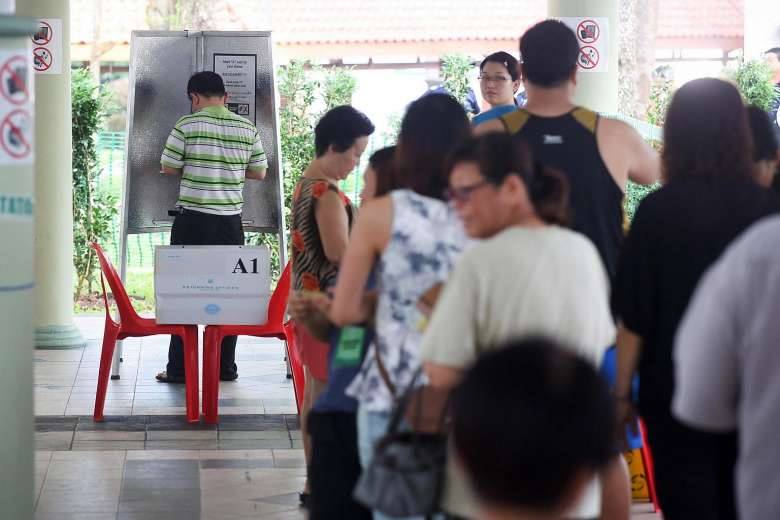Singapore’s December 1992 by‐elections: Interpreting the results and the signals
December 19, 2019

Was Singapore’s 1992 by-election an unexpected landslide?
The 1992 Marine Parade by-election on 19 December saw the incumbent People’s Action Party (PAP) contest against the Singapore Democratic Party (SDP), the National Solidarity Party (NSP), and the Singapore Justice Party (SJP). The results showed that the PAP won a higher-than-expected 72.9% of the votes. Assoc. Prof. Hussin Mutalib (formerly from the NUS Dept of Political Science), sought to explain the PAP’s winning margin, noting that from the outset, the by-election did not generate much excitement because no new issues were brought up.
In his article, ‘Singapore’s December 1992 by‐elections: Interpreting the results and the signals’ (The Round Table: The Commonwealth Journal of International Affairs, 2008), Mutalib discusses the PAP’s stronger than expected victory, remarking that then Prime Minister Goh Chok Tong was a popular personality within the Marine Parade constituency, having served there since 1976. He explains that the PAP carried out a successful strategy of framing the by-election as though it were a General Election and asserts that voters, being practical-minded, would not consider voting the PM out of office. In addition, Mutalib mentions that in both the 1991 election and the 1992 by-election, the voting patterns were consistent, with about a quarter of the voters in the Marine Parade Group Representative Constituency (GRC), rightly or wrongly, had consciously decided not to cast their votes for the PM and the government.
Read the article here.
